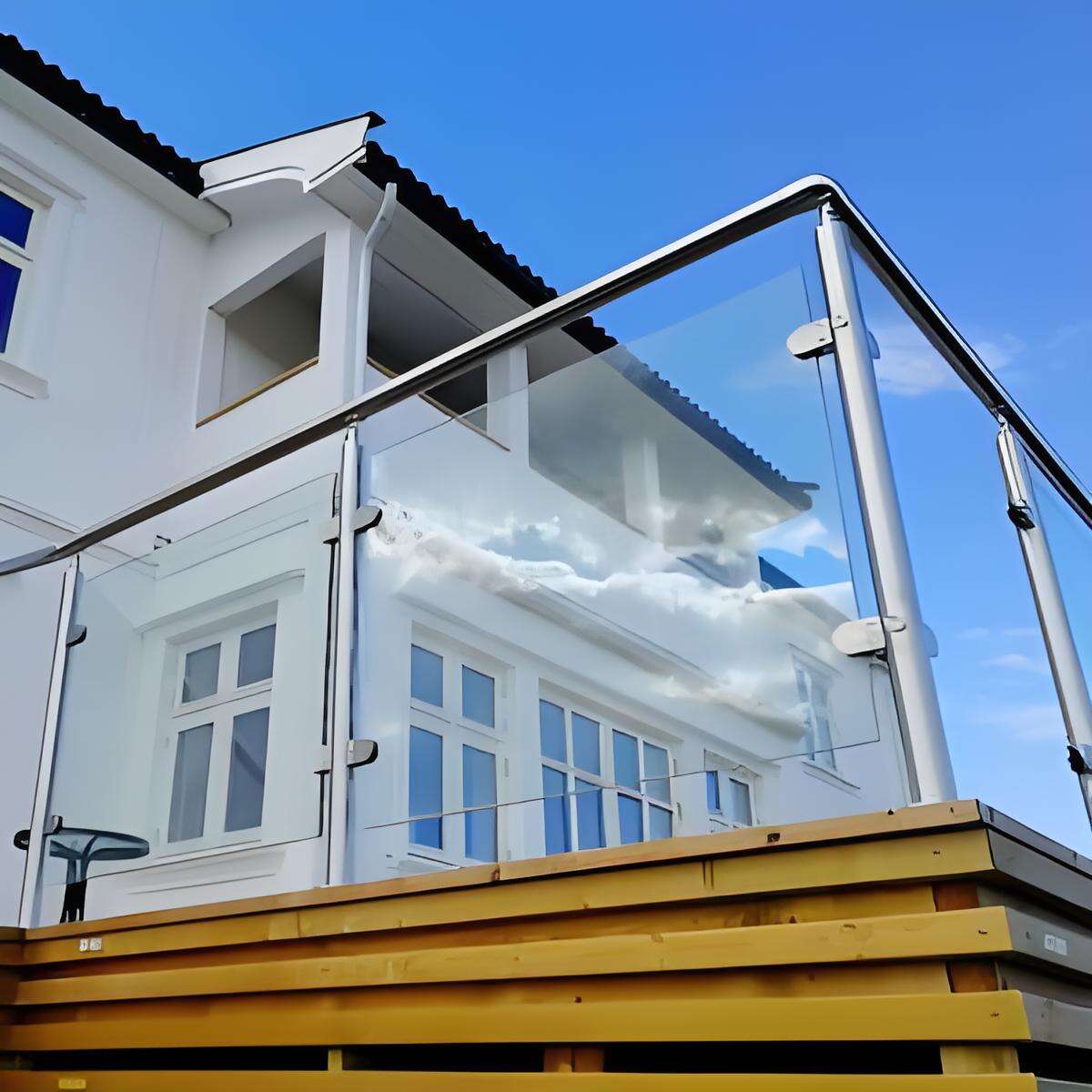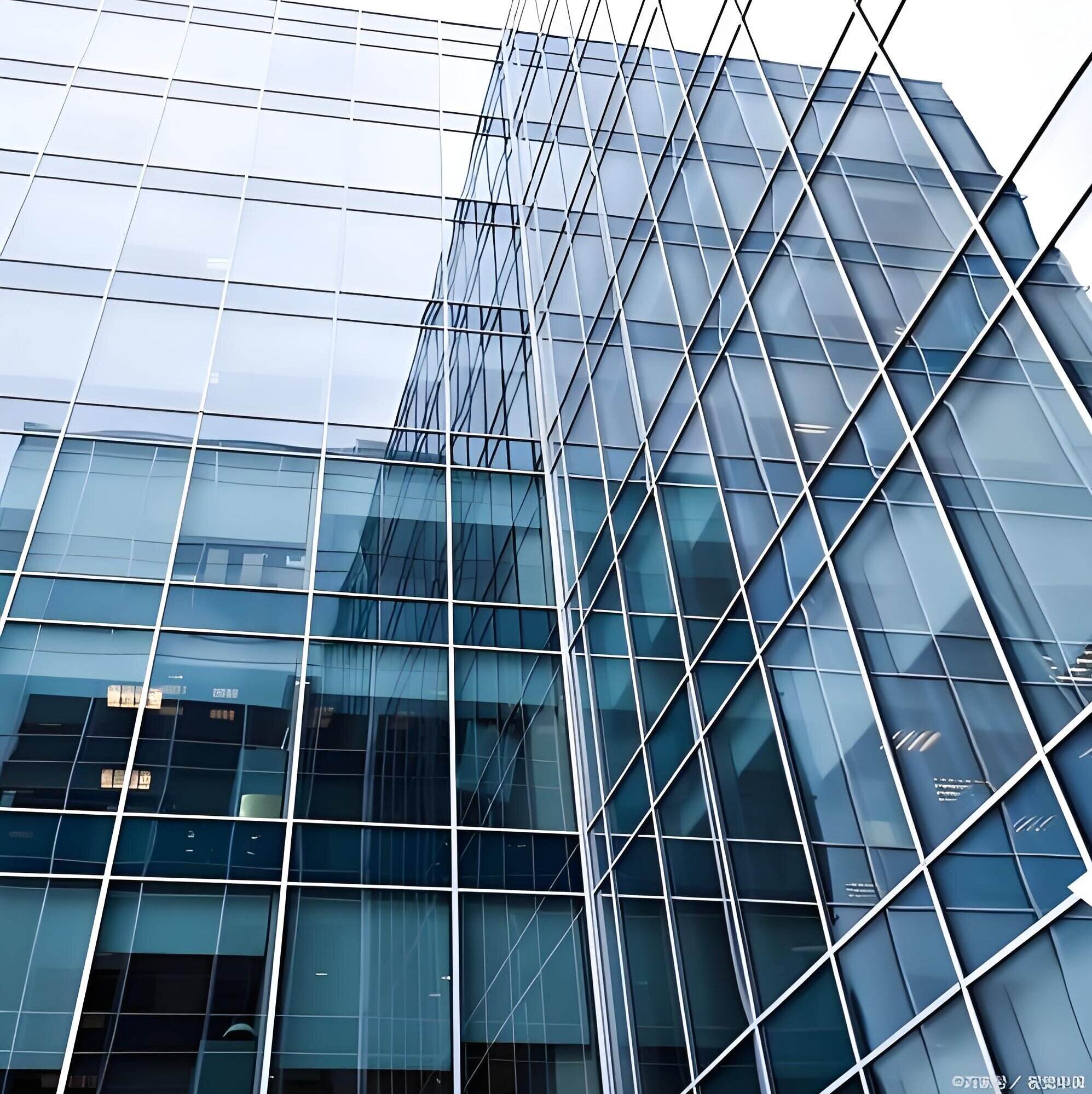low iron solar glass
Low iron solar glass represents a cutting-edge advancement in solar technology, specifically engineered to maximize solar energy transmission and enhance photovoltaic system efficiency. This specialized glass is manufactured through a meticulous process that reduces iron content to minimal levels, typically below 0.01%, resulting in exceptional light transmittance properties. The reduced iron content significantly diminishes the slight greenish tint commonly found in standard glass, allowing for superior solar energy penetration. The glass undergoes rigorous quality control measures to ensure consistent performance and durability. Its primary function is to serve as a highly transparent protective barrier for solar panels while maximizing the amount of solar radiation that reaches the photovoltaic cells. The glass is typically tempered or heat-strengthened to provide enhanced mechanical strength and thermal resistance, making it capable of withstanding harsh environmental conditions. Beyond its primary application in solar panels, low iron solar glass finds use in solar thermal collectors, greenhouses, and architectural applications where maximum light transmission is essential. The product's sophisticated engineering ensures minimal reflection losses and optimal energy conversion efficiency, contributing to increased power output in solar installations.


